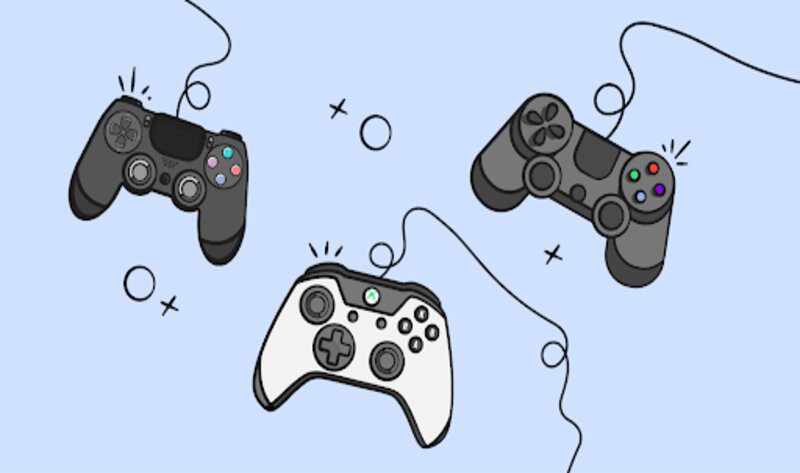Video games depend on animation to bring their characters and virtual settings to life. Giving gamers a visually beautiful and engaging atmosphere improves the gaming experience. As a result, animation has been essential in the growth of the video game business, from straightforward 2D pixelated games to intricate 3D games.
The History of Video Game Animation: From Pixels to High-End Graphics
In the early days of gaming, rudimentary pixelated sprites were employed to produce primitive animations. From then, video game animation evolved. Video game animations have improved thanks to hardware and technological advances, becoming more complex and lifelike. Video game animation has advanced significantly, from 2D sprite animations to 3D motion-captured ones.
A turning point in the business came with 3D animation in video games, which allowed for more intricate and realistic character motions. With the development of motion capture technology, animators are now better able to accurately capture real-world movements and translate them to video game characters. This strategy helps gamers relate to the characters better by giving the characters a realistic feel.
Critical Differences Between 2D and 3D Animation in Video Games
The primary difference between 2D and 3D animation is the number of dimensions needed to construct the animation. 3D animations employ three dimensions instead of 2D animations’ usage of two. Consequently, 2D animations are typically quicker and more straightforward, whereas 3D animations offer a more realistic and immersive experience. On the other hand, animations in 3D are more difficult and expensive to produce since they need more equipment and knowledge.
Techniques Used in Video Game Animation: Motion Capture, Hand-Drawn, and More
Animations for video games can be created in various ways, including motion capture, hand-drawn animation, and computer-generated animation. Motion capture is the process of recording live performers’ motions and then translating them to virtual characters. The hand-drawn animation is created frame-by-frame by hand. Finally, the program is used to create 2D and 3D animations in computer-generated animation.

Tips for Creating Engaging Video Game Animations: Storytelling and Emotional Appeal
Animators must concentrate on emotional appeal and storytelling to produce captivating video game animations. For example, an engaging tale may lure players in and keep them interested, and emotional appeal can help players feel a connection to the game’s characters and setting. In addition, players’ experiences may be made more immersive and exciting by using color, sound, and lighting.
The Role of Animators in Video Game Development: Collaborating with Designers and Programmers
Animators collaborate with designers and programmers to bring the game worlds to life when making video games. They collaborate closely with designers to develop characters, settings, and objects. They collaborate closely with programmers to incorporate animations into the game engine. The animation process frequently entails several iterations and modifications to ensure the animations integrate well with the game mechanics.
Future of Video Game Animation: Advancements in Technology and Innovation
Animation for video games has a promising future, thanks to the creativity and technological developments propelling the sector. With the advent of real-time rendering and machine learning, video game animations are becoming more realistic and lifelike. In addition, for game developers and animators, using augmented and virtual reality creates new opportunities.
Challenges Faced by Video Game Animators: Time Constraints, Budgets, and User Experience
Animation for video games has a promising future, thanks to the creativity and technological developments propelling the sector. Real-time rendering and machine learning have improved the realism and lifelikeness of video game animations. In addition, for game developers and animators, using augmented and virtual reality creates new opportunities.
Conclusion
Video game animation is an essential part of the business that creates aesthetically appealing and engaging game environments to improve the user experience. Animation artists employ various methods, including motion capture and hand-drawn animation, to produce captivating animations that engage viewers and evoke strong feelings. Due to technological advancements and inventiveness, the future of video game animation is promising, with the potential for ever more realistic and dynamic animations. However, animators need help with including time restraints, financial limitations, and the requirement to emphasize user experience.

